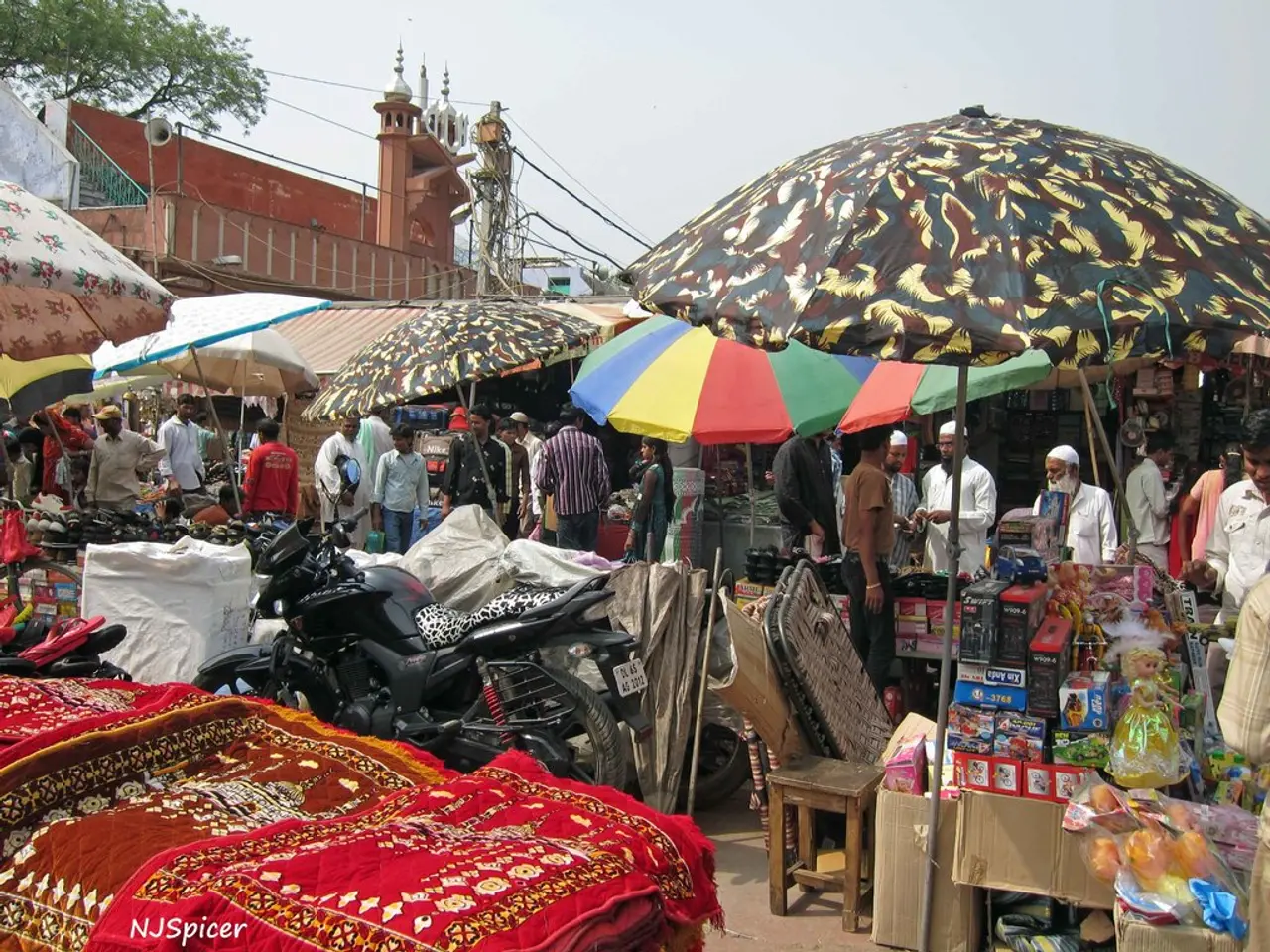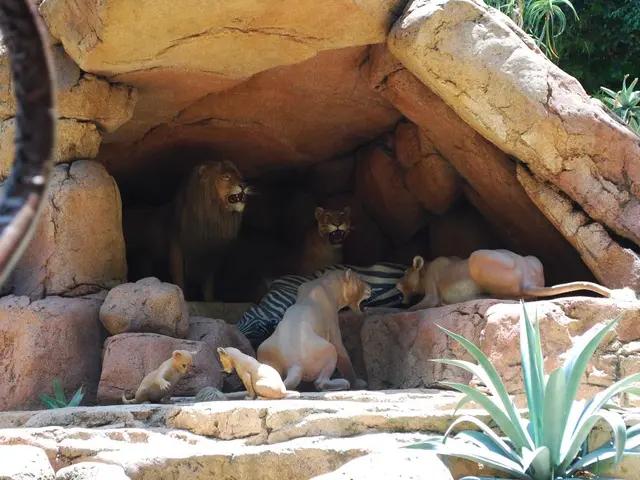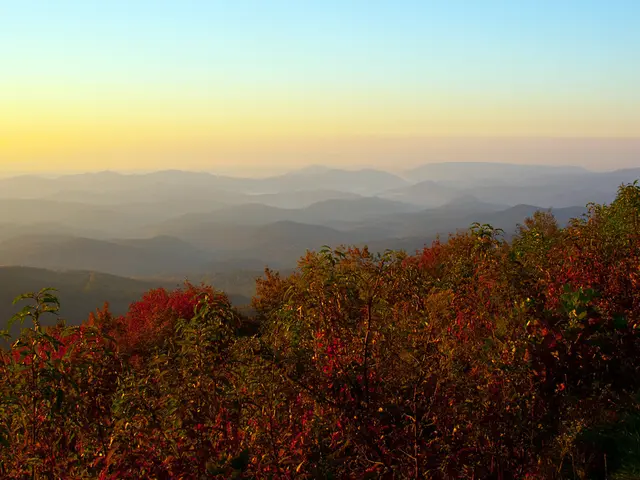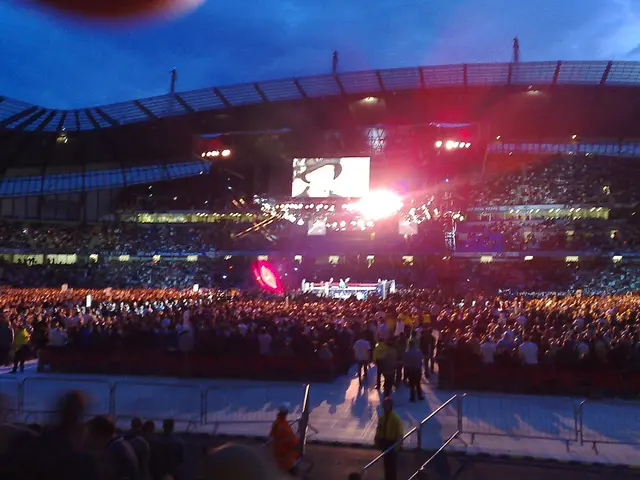Geographical Focus: The Arabian Peninsula's Northernmost Tips - The Arab Emirates and Oman
In the heart of the Arabian Peninsula, two distinct destinations captivate the imagination of travellers – Oman and Dubai.
Oman
The Sultanate of Oman, ruled for half a century by Qaboos bin Said until his passing in 2020, has undergone remarkable modernisation. Qaboos' policies, which focused on road development, education, healthcare, and women's rights, including the right to drive, have left a lasting impact. His successor, Haitham bin Tarik, continues to uphold these policies.
One of Oman's historical gems is the Sohar fortress, a 13th-century relic located in the city of Suhar on the Gulf of Oman. This ancient structure once served as a gateway to China for ancient sailors. In the modern era, Nizwa Souk stands out, where fresh fish from the coast and nearly clinically clean vegetables and fruits are sold. The livestock market in Nizwa, bustling in the early morning hours, offers a closer inspection of animals for sale.
The desert landscapes of Oman, particularly the Wahiba Sands, are renowned for their high yellow-red sand dunes. Desert safaris on camels or Land Rovers, followed by traditional Arabic coffee and dates, offer an unforgettable experience. The reintroduction of the Oryx antelope during Qaboos' rule has added to the desert's wildlife.
Dubai
Dubai, a city-state on the Persian Gulf, is known for its modern architecture and extravagant lifestyle. The Burj Khalifa, completed in 2010, stands at a staggering height of 828m, making it the tallest building in the world. The Burj Al Arab, a symbol of Dubai, is a sail-shaped hotel with a height of 321m.
Traditional Dhows, Arabic sailing boats, are still built in Dubai, typically made of teak and coconut wood with lateen rigging and triangular sails. The Grand Mosque of Dubai, also known as Bur Dubai Grand Mosque, boasts a traditional architectural style and a tall minaret around 70m high.
However, Dubai's urban development has led to a car-oriented city, with pedestrian paths being rare. In contrast, the Jumeirah Mosque, in Fatimid Egyptian style, is a tourist attraction due to its elaborate portals, domes, arches, and inscriptions. Non-Muslims are welcome to visit, making it a unique cultural experience.
Lastly, the royal troop transport ship, located before Maskat, is a historical relic built in 1987 on the Bremer Vulkan shipyard. It now serves as an escort ship for the royal yachts.
Each of these destinations offers a unique blend of history, culture, and modernity, making them must-visit locations for any traveller seeking an unforgettable experience in the Arabian Peninsula.
Read also:
- Increase in train disruptions seen in 2021 by a factor of two
- Osteoarthritis and premature retirement: Entitlements and advantages
- Tesla introduces Model Y in China to bolster sales, causing stress for domestic competitors
- Uncovering the Purpose and Distinctiveness of Human Fingerprints: An Exploration of Their Significance and Individuality








